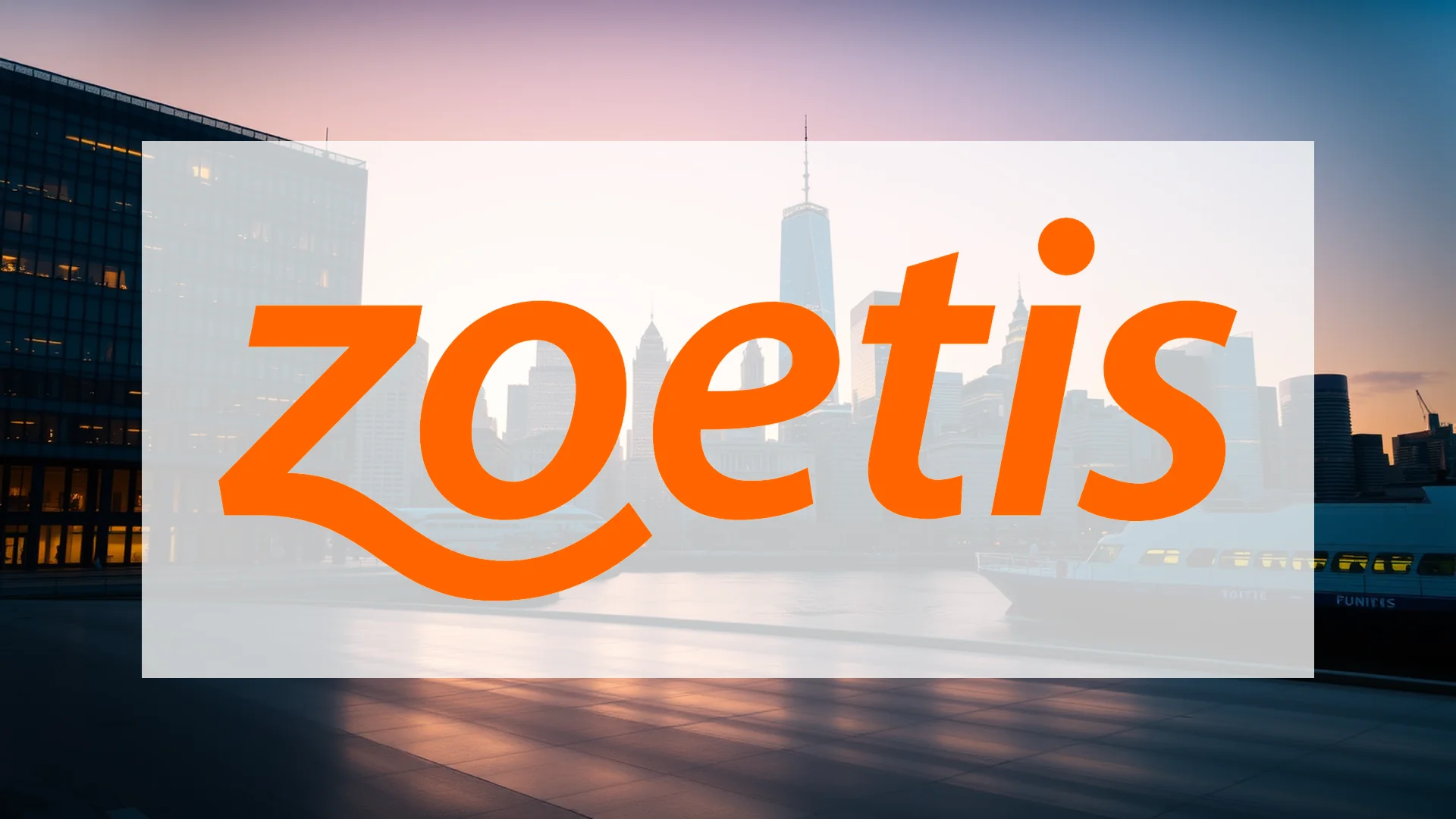Despite achieving unprecedented delivery figures, Chinese electric vehicle manufacturer Nio is witnessing a severe stock downturn. The equity has declined for seven consecutive trading sessions, plummeting over 14% in a single week. This market reaction stems from concrete operational challenges, including an impending battery supply shortage and strategic pivots from leadership, casting uncertainty over Nio’s goal to achieve its first non-GAAP operating profit this quarter.
Supply Chain and Strategy Shifts Fuel Investor Anxiety
A significant supply constraint is emerging over China’s EV sector. A government purchase subsidy is scheduled to expire in December 2025, triggering a consumer rush and exploding demand. Compounding this, the rapidly expanding energy storage market is competing for the same lithium iron phosphate batteries used in Nio’s mass-market brands, Onvo and Firefly.
The timing presents a substantial challenge. Nio recently announced its ambition to report its first quarterly operating profit on a non-GAAP basis in the fourth quarter. However, this target appears increasingly vulnerable without a guaranteed adequate battery supply.
Further unsettling the market are strategic clarifications from CEO William Li. He confirmed this week that the new Firefly brand will not be integrated into the battery-swap network operated by partner CATL. This marks a shift from March, when such a collaboration was announced. Li cited technological incompatibility, explaining that Firefly utilizes liquid-cooled packs for safety and performance, while CATL’s network serves the ride-hailing segment with air-cooled units. Although logical, this change in plans has stirred investor doubts.
Should investors sell immediately? Or is it worth buying Nio?
Additionally, the launch timeline for the Onvo L80, a mid-size five-seat SUV, has been pushed back. Instead of a late 2025 debut, the model is now scheduled for the first half of 2026. The delay is attributed to stronger-than-expected demand for its sibling model, the L90, necessitating a reallocation of production capacity.
Record Deliveries Fail to Impress the Market
The company’s operational performance has been robust. In October, Nio delivered 40,397 vehicles, setting a new monthly record and representing a substantial 92.6% year-over-year increase. Instead of sparking euphoria, these results have been met with market disillusionment. Investors are focused squarely on the future, particularly the ambitious Q4 delivery forecast of 150,000 units, which is now under threat.
All Eyes on the Upcoming Quarterly Report
Nio is scheduled to release its third-quarter financial results on November 25th. Market experts and shareholders will be scrutinizing the report for clarity on two critical issues: the true severity of the battery shortage and whether management reaffirms its ambitious year-end target.
Despite the recent sell-off, a sense of long-term optimism for Nio persists on Wall Street. Nevertheless, the immediate challenges—supply chain stress, product launch delays, and the race against the calendar—are creating significant headwinds. The coming days will prove decisive, revealing whether Nio can navigate these obstacles or if its dream of a first profitable quarter will be deferred.
Ad
Nio Stock: Buy or Sell?! New Nio Analysis from November 17 delivers the answer:
The latest Nio figures speak for themselves: Urgent action needed for Nio investors. Is it worth buying or should you sell? Find out what to do now in the current free analysis from November 17.
Nio: Buy or sell? Read more here...









